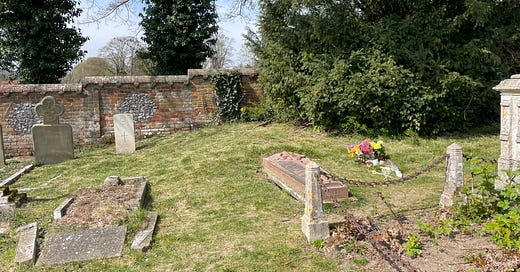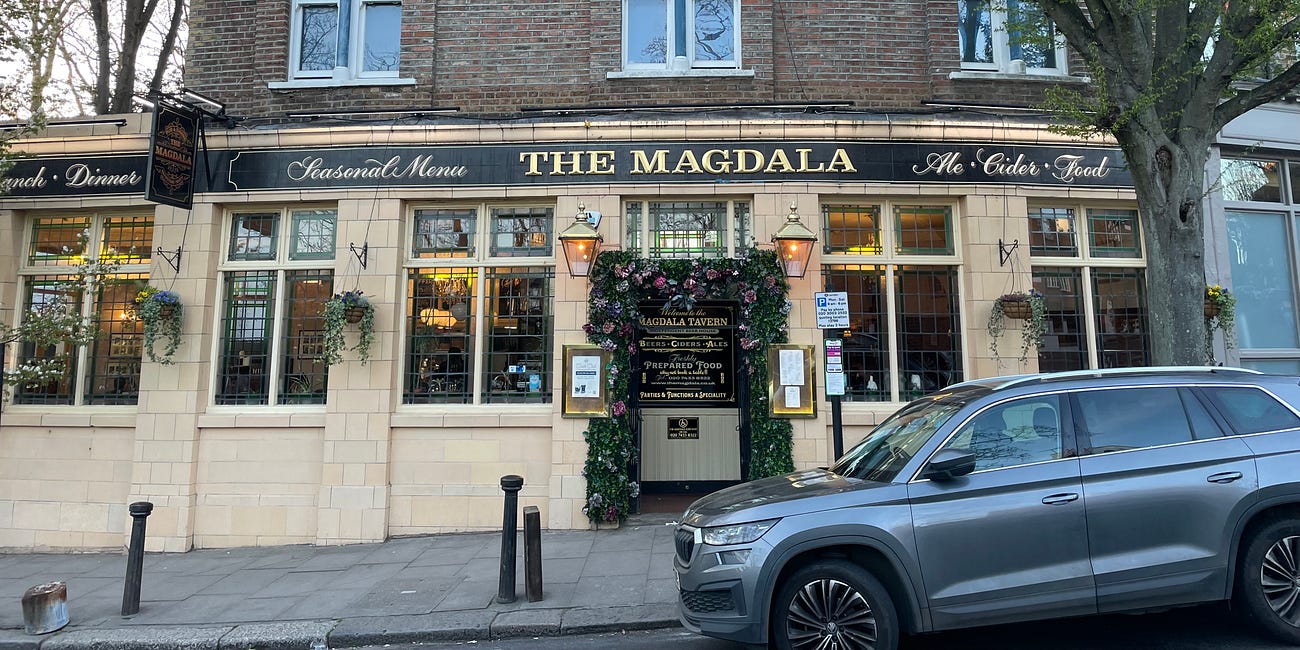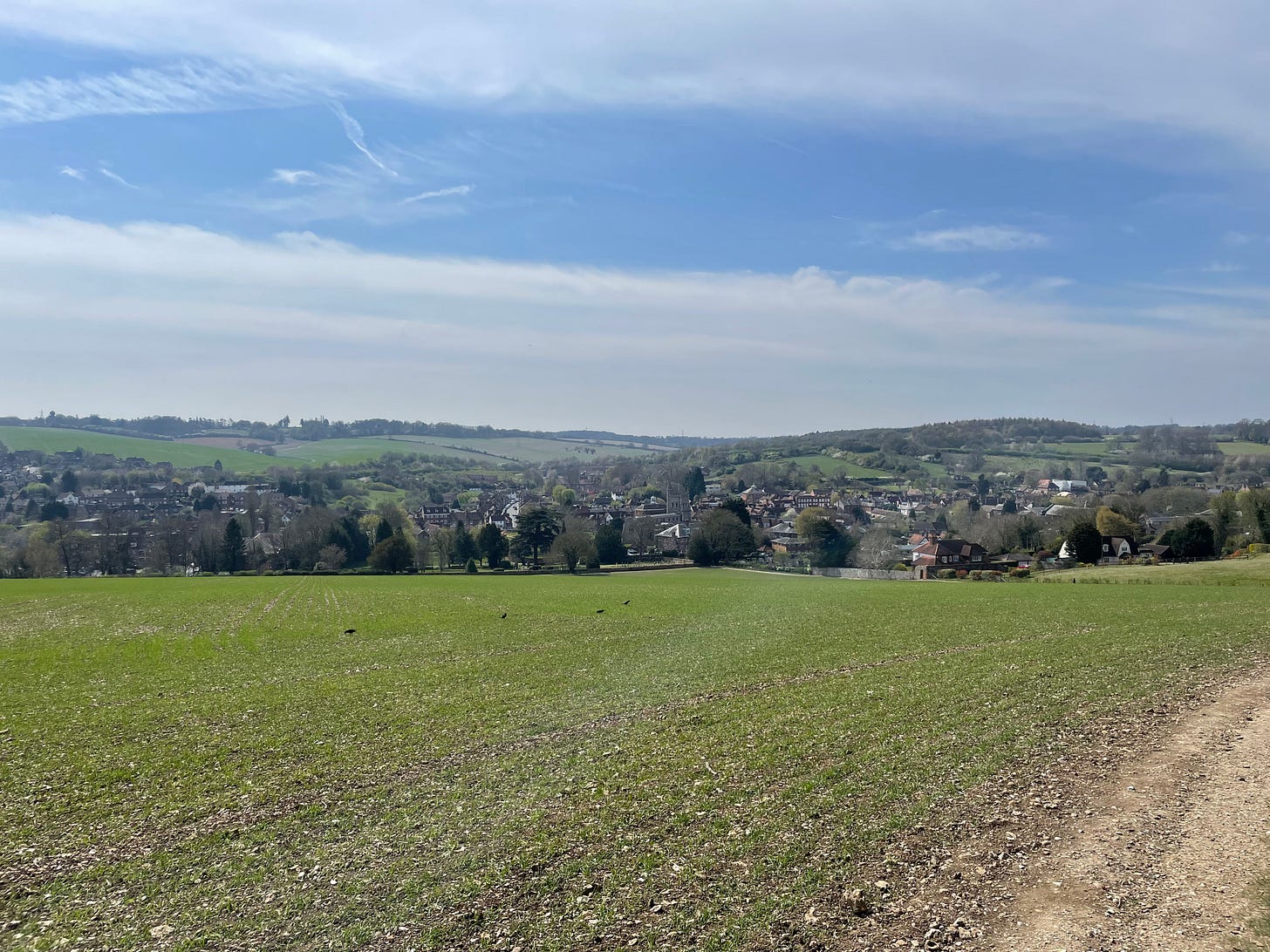A Reluctant Londoner - In Ruth Ellis' Footsteps II
The second part in an examination of love, murder and the story of the last woman to be executed in the UK
Just after half-nine on the second Sunday of April in 1955, it was in front of The Magdala Tavern’s curved facade by Hampstead Heath station where the 28-year-old nightclub manageress Ruth Ellis shot her racing-driver boyfriend, three years her junior.
To the pub itself and I find myself peering through the windowpanes as the fraught Ruth had done on a cocktail of Pernod and tranquillisers minutes before the shooting. The ‘bullet holes’ on the exterior date back to the drunken, mid-lock-in antics of a former landlady of the pub. The story goes that she hastily put up a sign (commemorating Ellis’ murder of Derek Bentley in 1954!?) in honour of the busloads of Japanese tourists who had begun to visit the site in the 90s. You couldn’t write it…
Ruth spent the remaining few months of her life in Holloway Prison a couple of miles away and, after the guilty verdict, was confined to the condemned cell under constant watch by a wardress. The prison site was decommissioned in 2016 and now the skeletons of several apartment blocks rise slowly as the city begins to forget it was there. Each day for four months, I would, pass by it on the bus to my journalism course, unaware of that left turn’s history.
** This is the second part of two **
For the first part, please follow the link below.
A Reluctant Londoner - In Ruth Ellis' Footsteps I
Just after half-nine on the second Sunday of April in 1955, it was in front of The Magdala Tavern’s curved facade by Hampstead Heath station where the 28-year-old nightclub manageress Ruth Ellis shot her racing-driver boyfriend, three years her junior.
In 1955, just behind the wardrobe in the rooms where she spent her final three weeks stood the gallows where Albert Pierrepoint would pull the lever on 13th July 1955. I have visited execution chambers that are still preserved in a couple of UK jails. Despite reservations about foreign martial law being applied on British soil, Pierrepoint and his uncle Thomas had been employed to oversee the hanging of 18 Americans, often sentenced for rape and murder, at Shepton Mallet Prison when it was ‘borrowed’ by the US military between 1942 and 1945. Crumlin Road Gaol in Belfast saw 17 executions conducted in private from 1901, among them a IRA member’s murder of a policeman. These rooms are so laden with atmosphere upon entry and instil an immediate hush among the groups of visitors milling through
The gallows do still loom large in the national consciousness. The topic of capital punishment and its return was broached by Priti Patel, who served as Home Secretary, her views were slapped down by Ian Hislop at Question Time in 2011. Citing ‘popular opinion’ in the wake of the Baby P murder, right-wing political platform Guido Fawkes also made an unsuccessful attempt to initiate a parliamentary debate on restoring executions for those found guilty of killing children or on-duty police staff. Stories emerged earlier this year of the Reform MPs’ intention to debate in the wake of Axel Rudakubana’s sentence after the Southport killings.


The lead-up to Ruth Ellis’ death sparked a war of words as people waited to see whether the Home Secretary, Gwilym Lloyd George would issue a reprieve. Ellis herself was unrepentant and seemingly at peace with the decision. Correspondence mounted on both sides of the debate and crowds gathered outside Holloway in the days leading up to the morning, their chants of ‘Evans, Bentley, Ellis’, adumbrating the famous trilogy of judicial failures within five years that would lead to abolition.
Her body was buried in the prison grounds alongside the four other women hanged at Holloway (the Finchley baby-farmers Amelia Sach and Annie Walters, Edith Thompson and Styllou Christofi) before a rebuild led to an exhumation in 1971. Given a choice of what to do with her remains, Ellis’ son, Andre, just ten at the time of his mother’s conviction and death at the time, determined that she should be buried in the Buckinghamshire countryside just a few miles from the churchyard where Blakely had been laid to rest.
In the far corner of St Mary the Virgin’s churchyard in Old Amersham down the hill from the tube station, an unmarked pile of broken stones marks her grave. A headstone had been erected but is believed to have been desecrated in 1982 by her son weeks before his suicide, his struggles with schizophrenia, depression and drug abuse as tragic as they are understandable.
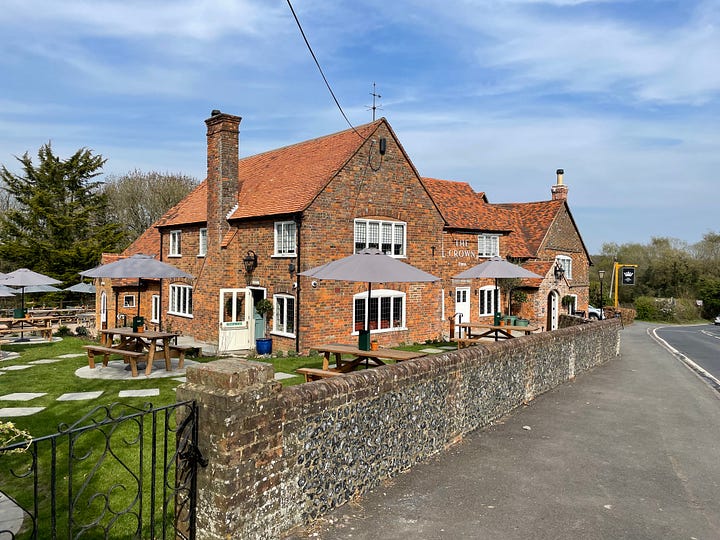
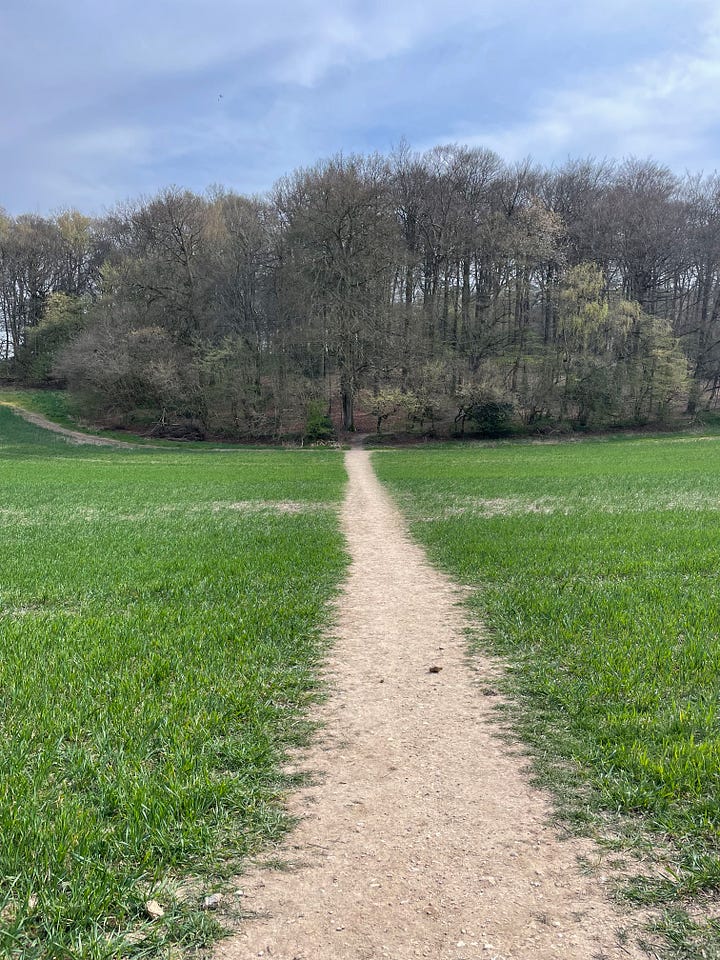
A couple of hours’ walk upon chalky paths through spring-flushed woods and one reaches Penn, the village Blakely had come to call home after his mother remarried. A quiet pint in The Crown where Ellis would go to find him, the scene of several of the couple’s confrontations. Searching the grounds of Holy Trinity’s churchyard for the victim’s headstone, reported sightings of a woman in white walking away from the grave seem rather trite. There does, however, remain something unsolved, even unrealised about the tale, a nagging lack of certainty that goes beyond the fact an appeal against Ruth’s conviction rightly failed to be quashed in 2003. The tropes are still relevant and, seventy years on, the ‘progress’, whether that be societal views or legislative step forward, feels fragile somehow, or at least threatened. Those who read up on the case realise that the Ellis fable is not a lesson that has been learnt, but rather an aftermath still being lived out and wrestled with.
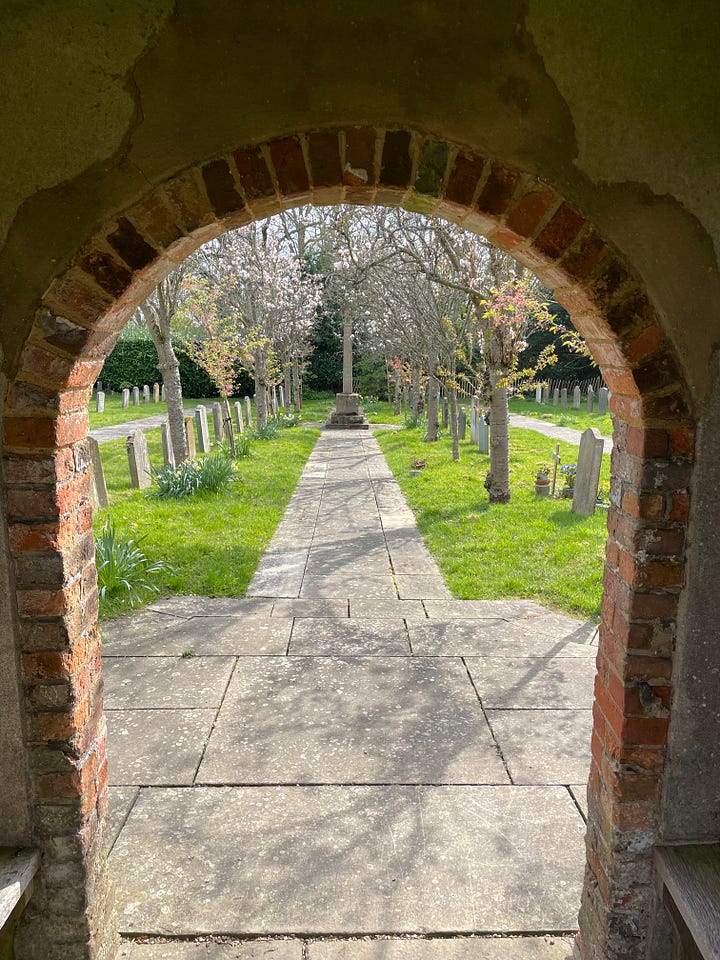
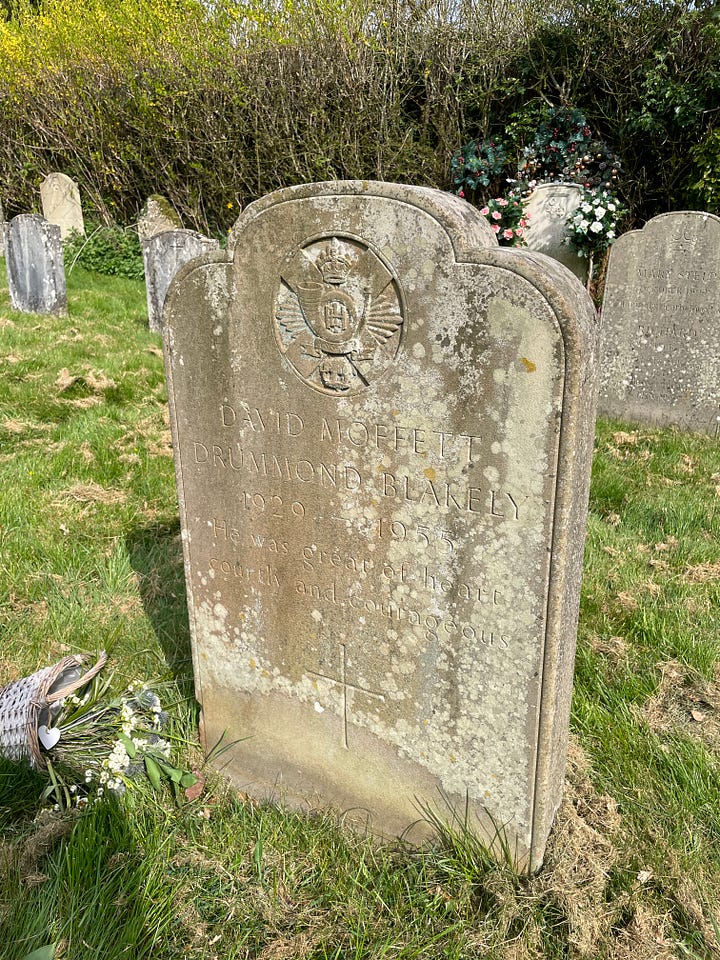
For more city-based writing, please check out the first of my walks on the Capital Ring.
A Reluctant Londoner - The Ring Cycle I: Greenford to Stoke Newington
It was not a sane thing to be doing. Futile even.
A year on from travelling in India, I find myself ‘qualified’ as a journalist with the next step(s) still unclear. The intention behind starting on Substack is to get me publishing pieces consistently and explore my interests through writing.
So come along for the ride and please subscribe (or gift me a coffee!) as I document my job-seeking with a seasoning of walks, sport and features.
